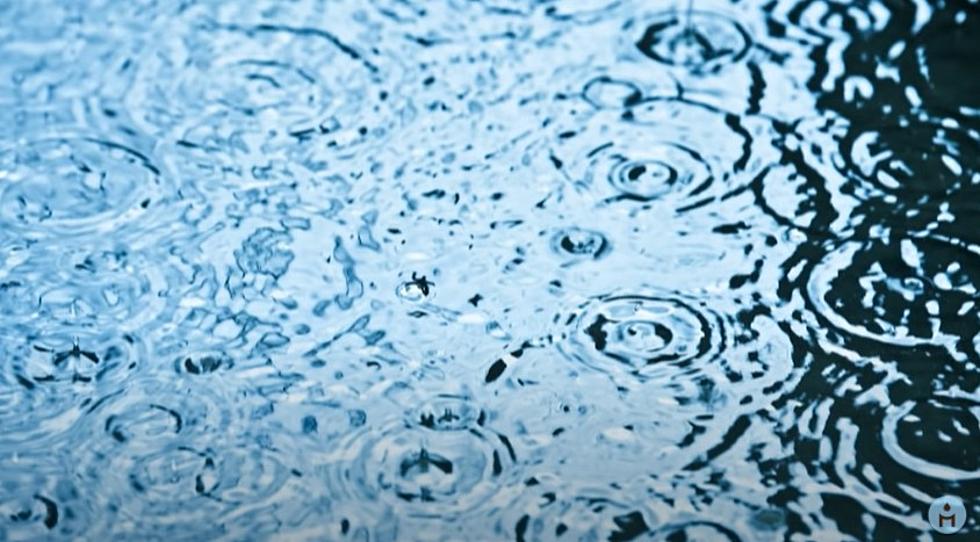
Boise Welcomes the Rain this Weekend
It looks like our lawns, plants, and animals will finally have some relief from the drought that has plagued the entire region this summer.
Weather.com reports that rain will begin with possible scattered thunderstorms tonight with a low of 75 degrees. However, here's where it gets exciting and refreshing. The outlook for the weekend is rain, perhaps lots of rain. The highs will be in the upper eighties on Saturday and Sunday. Can you remember when we had a day or two when the temperatures were so low?
The ten-day forecast looks great, with temperatures in the low nineties till the middle of August. However, cold we be getting too much of a good thing? Is it possible to get too much rain during a drought? According to the National Weather Service Office in Boise, our area could see flash flooding. See tweet above for details on that watch and the tweets below.
So what is a flash flood? The National Weather Service defines it as :
Flash Floods can be caused by a number of things, but is most often due to extremely heavy rainfall from thunderstorms. Flash Floods can occur due to Dam or Levee Breaks, and/or Mudslides (Debris Flow).
The intensity of the rainfall, the location and distribution of the rainfall, the land use and topography, vegetation types and growth/density, soil type, and soil water-content all determine just how quickly the Flash Flooding may occur, and influence where it may occur.
Urban Areas are also prone to flooding in short time-spans and, sometimes, rainfall (from the same storm) over an urban area will cause flooding faster and more-severe than in the suburbs or countryside. The impervious surfaces in the urban areas do not allow water to infiltrate the ground, and the water runs off to the low spots very quickly.
Flash Flooding occurs so quickly that people are caught off-guard. Their situation may become dangerous if they encounter high, fast-moving water while traveling. If people are at their homes or businesses, the water may rise quickly and trap them, or cause damage to the property without them having a chance to protect the property.
What do you do in a flash flood and what's the difference between a watch and a warning? The American Red Cross has these tips for your safety here:
Know the difference. A flood/flash flood watch means a flood/flash flood is possible in your area. A flood/flash flood warning means flooding/flash flooding is already occurring or will occur soon in your area. Move immediately to higher ground or stay on high ground. Follow any evacuation orders.
- Listen to local radio, NOAA radio or TV stations for the latest information and updates. People should keep informed about weather conditions and listen to the advice of local officials.
- Check your emergency kit and replenish any items missing or in short supply. Keep it nearby.
- Turn around, don’t drown. If driving, turn around and go another way. If you are caught on a flooded road and waters are rising rapidly around you, get out of the car quickly and move to higher ground. Most cars can be swept away by less than two feet of moving water.
- Stay away from floodwaters. If you come upon a flowing stream where water is above your ankles, stop, turn around and go another way.
- Keep children and pets out of the water.
- Be especially cautious at night when it’s harder to see flood danger.
Please stay safe and avoid the canals and rivers.
carbongallery id="60e68af349a1f808c1329824"]
50 Most Popular Chain Restaurants in America
carbongallery id="609d708e13de8b518563a054"]
More From Idaho’s Talk Station








